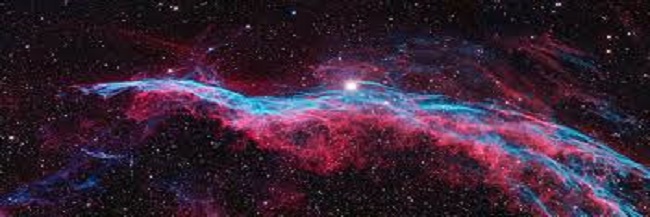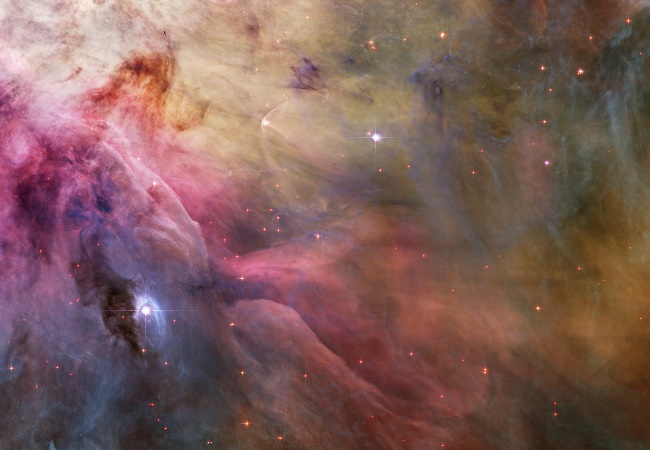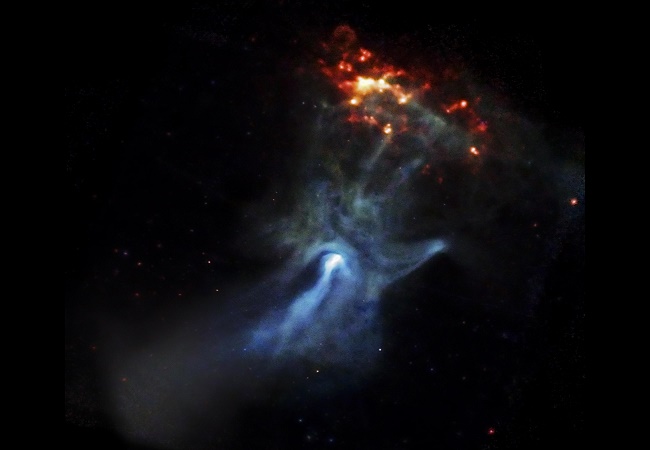5 Cool Nebulas You Have to Check Out!
 Ken Crawford, CC BY-SA 3.0, via Wikimedia Commons
Ken Crawford, CC BY-SA 3.0, via Wikimedia Commons
Nebulae are super cool cosmic clouds. They are made up of all sorts of things like dust, helium, hydrogen, plasma and gas. They are also places where new stars are “born.”
Let’s explore 5 famous “space nurseries” that are beautiful, yet are weird in appearance.
The Crab Nebula

NASA, ESA, J. Hester and A. Loll (Arizona State University), Public domain, via Wikimedia Commons
Crab NebulaThis nebula was created when a star exploded. This is called a supernova and is what happens when the pressure inside a star is greater than the gravity that holds it together.
KABOOM!
When the gas rushes out of the exploded star, it quickly fills the space around it. the exploded gasses are moving at around 3 million miles-per-hour (4.8 million kilometers-per-hour).
NOW THAT’S SUPER-SONIC-SPEED!
You can actually see this huge cosmic cloud through binoculars or with the naked eye. Just look to the Taurus constellation.
The Crab Nebula is a whopping 10 light-years a cross and about 6,300 light-years from Earth.
The Orion Nebula

Orion Nebula
Orion NebulaThis nebula is located in the Orion constellation. It is extremely beautiful with swirling hues of pinks. But beyond its appearance, the Orion Nebula is swirling with star-forming activity. Many of the “baby stars” still have disks of debris around them. This means they are still forming into a solid object.
LOOK! BABY STARS ARE BEING BORN!
The Orion Nebula is located about 1,300 light-years from Earth. It is around 25 light-years across. But even though it is so far away, you can still see it without a telescope. Just look to the middle “star” on Orion’s Belt. Here it will appear as a point-of-light. However, if you get a telescope, you can make out more details of the nebula itself.
The Helix Nebula

Helix Nebula
Helix NebulaWhat do you think this nebula resembles? That’s right, a giant eye! The Helix Nebula is located in the constellation of Aquarius. It is located around 695 light-years from Earth, which makes it the closest. Because it is “nearby” it can be seen through binoculars. It will appear as hazy, greenish cloud.
ARE YOU LOOKIN’ AT ME?
The Helix Nebula was created at the end of a star’s life. When it turned into a Red Giant it shed all of its outer shell.
GOODBYE OUTER SHELL, HELLO GIANT EYE!
Eventually this star will cool down and become a White Dwarf.
PSR B1509-58
NASA/CXC/CfA/P. Slane et al., Public domain, via Wikimedia Commons
Technically, PSR B1509-58 is a pulsar, not a nebula. But it was too cool not to include. A pulsar is a neutron star (densest of all the stars) that is highly magnetized. It also emits a beam of electromagnetic radiation.
IT LOOKS LIKE A GIANT HAND!
PSR B1509-58 is around 1,700 years-old and about 1,700 light-years away in the constellation of Circinus.
Nebulae Are Always Forming
Since a nebula are formed by dying stars, one can pop up at any time. Where will it be? What will it look like? Who knows? Until then, keep your telescopes aimed at the night sky. You may just discover some cool cosmic wonder that nobody else has seen before.
